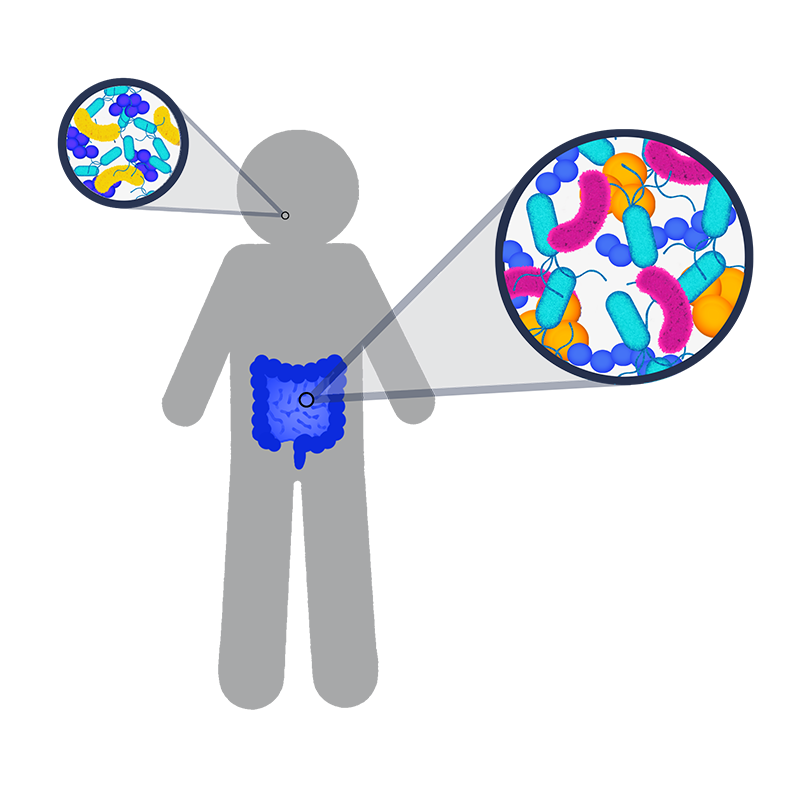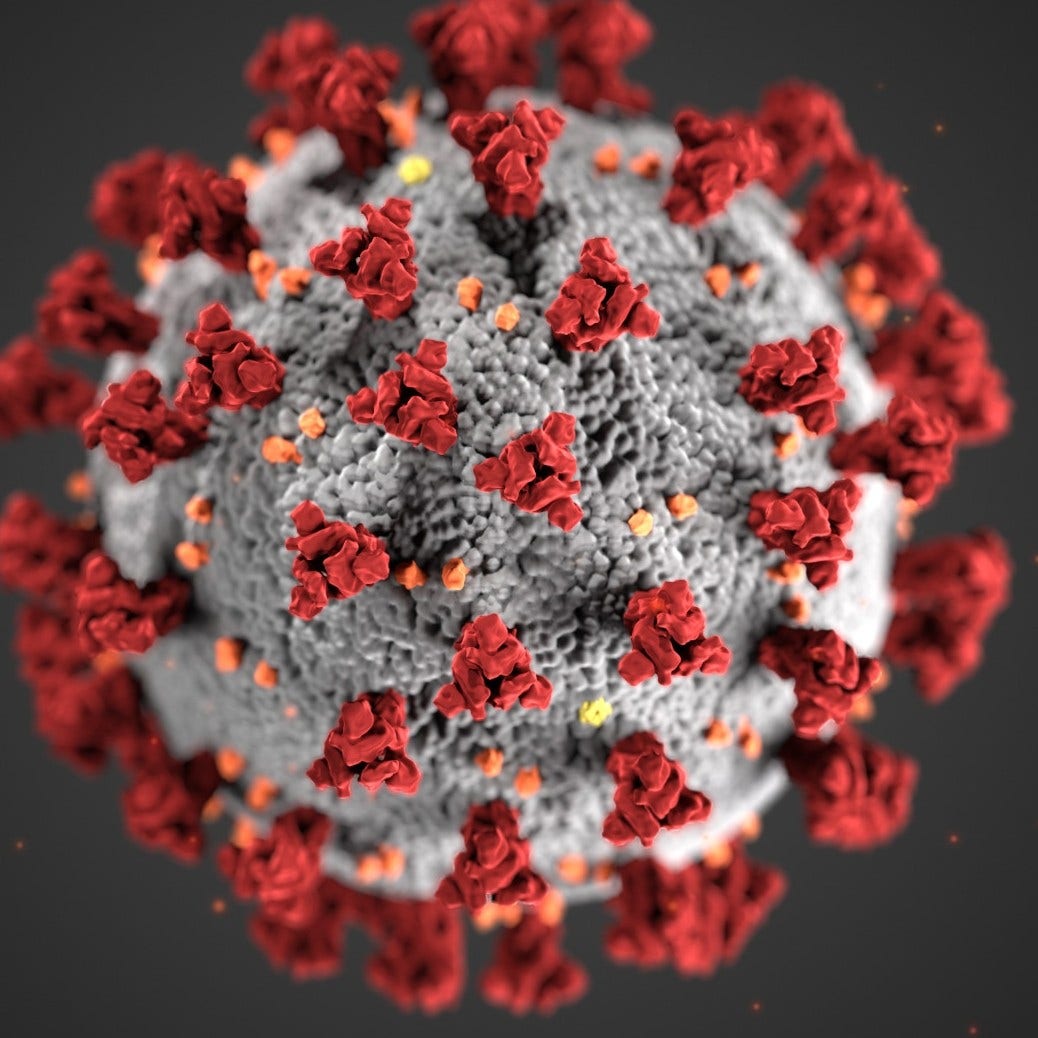Cancer Prevention Study-3 (CPS-3)
The Cancer Prevention Study-3 (CPS-3) is a large, geographically and racially/ethnically diverse US cohort of 300,000 participants who were cancer free when they enrolled between 2006 to 2013 and who are continuing to be studied.

CPS-3 News & Announcements
Online survey ready for you to answer.
Previous News: CPS-3 Participants Newsletter Archive
English and Español
Substudies & Tools
In addition to the triennial follow-up surveys we send, we also invite CPS-3 participants to volunteer for substudies, which allow smaller cohorts to collect more detailed information for more targeted research about specific risk factors for cancer, such as physical activity.
Why Our Participants Remain Dedicated to CPS-3
There's no better way to understand the impact of CPS-3 on cancer research than to hear some participants and researchers talk about their motivation for becoming involved and why they're committed for the long haul."

How CPS-3 Participants Are Contributing to Cancer Research
Many studies published by American Cancer Society researchers and other researchers across the United States use data from the Cancer Prevention Studies (CPS-II and CPS-3) and substudies.
Here are some recent articles on cancer.org that describe such studies. We couldn't have made these findings without participants who took the time and made the effort to answer surveys, wear accelerometers, and supply samples of blood, urine, and saliva.
Contact Us
CPS-3 participants:
CPS3@cancer.org
888-604-5888 Mon.-Fri. 9 AM – 5 PM EST
CPS-3 FAQs
Researchers:
Learn about Data Access Policies and Procedures
Other inquiries:
Contact: Alpa V. Patel, PHD, Senior Vice President, Population Science
alpa.patel@cancer.org










